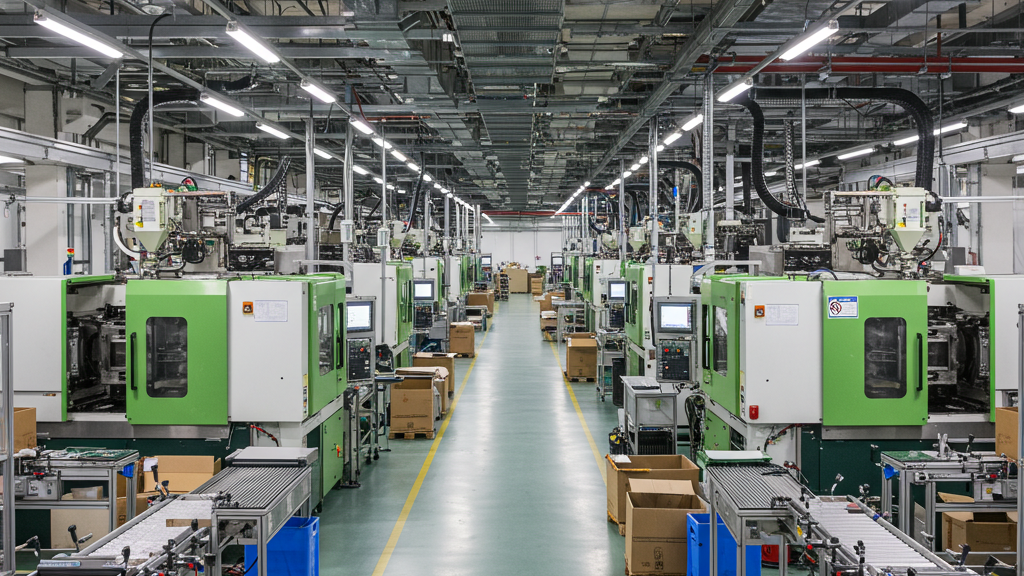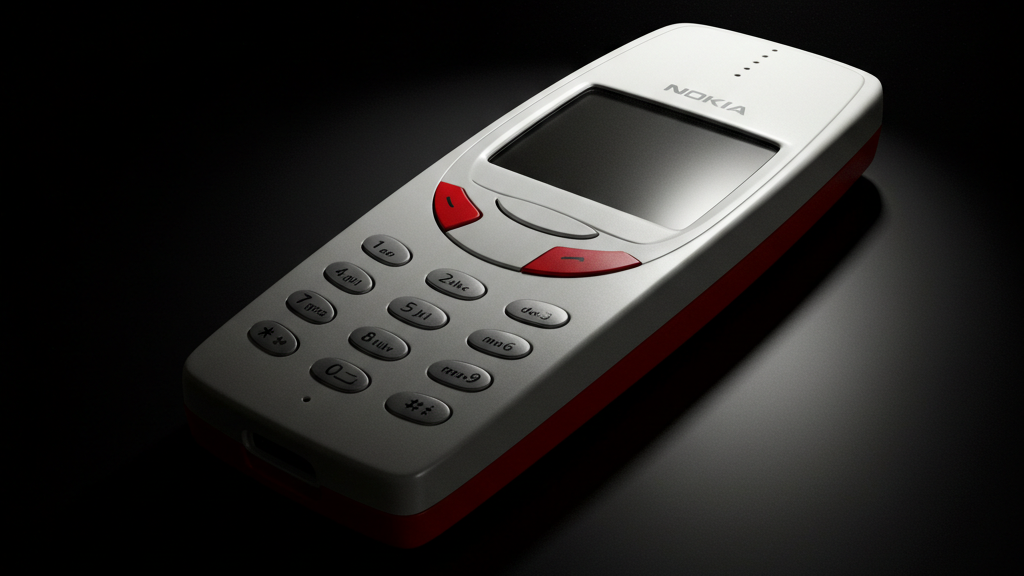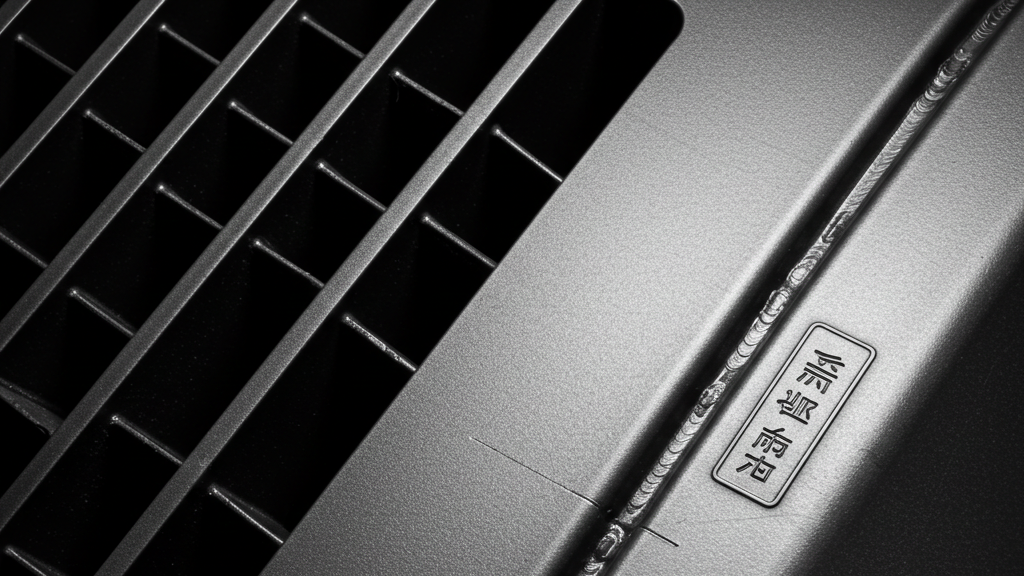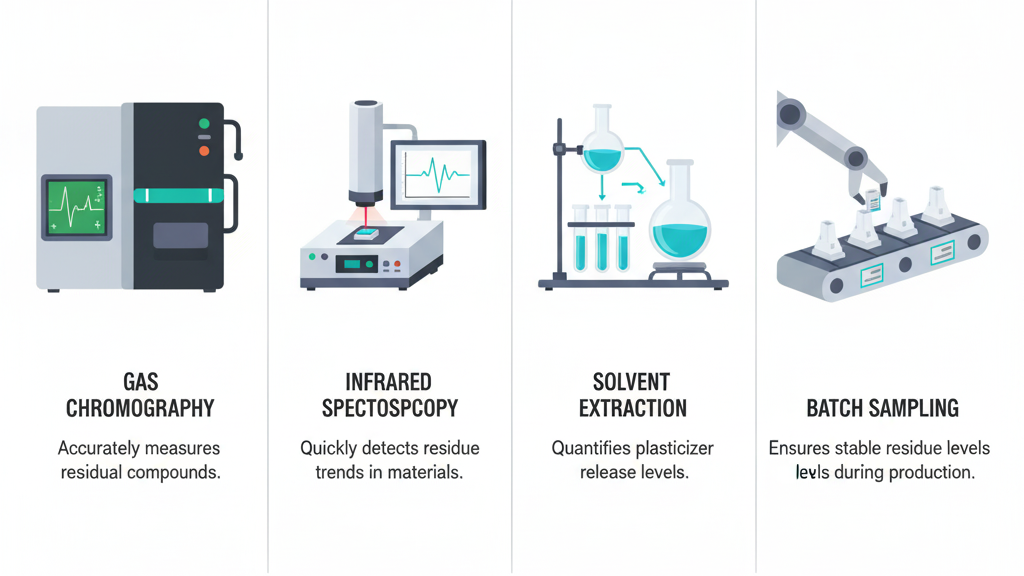
Plastic products are widely used in industries with high strength and high safety requirements, such as automobiles, aerospace, and medical devices. These areas have high demands on product quality.
But the flaw of the weld line can be fatal. The weld line is the trace of the convergence of the molten flow of plastics, which affects the strength. Which products are most sensitive to weld lines? This article will take a closer look at the potential risks.
What is a weld line and how is it created?

The weld line is a common defect in the plastic injection molding process, which refers to the formation of linear traces on the surface of the product due to various reasons when the plastic melt flows in the mold cavity, resulting in the convergence of two or more melt fronts due to various reasons, but not completely fused.
- Mold design: Complex mold structure or poor venting can lead to weld lines.
- Injection molding process: Improper injection molding parameters affect melt fusion and produce weld lines.
- Material factors: Poor material flow or impurities can exacerbate the generation of weld lines.
- Product structure: Fusion lines will also occur due to structural differences within the product.
What types of products can weld wires have a significant strength impact?

In today's pursuit of lightweight products and design flexibility, plastic products play an important role. A hidden danger that cannot be ignored - the welding line, can become the Achilles heel of product strength. The presence of weld lines often implies a potential risk.
- Automotive industry: Weld lines for automotive parts can cause cracking in the event of a collision or vibration.
- Aerospace: Fusion lines for aerospace components can fail in flight, causing serious accidents.
- Medical devices: The welding line of medical devices may cause device breakage, resulting in medical malpractice.
- Electronics: Weld lines of electronic product components can cause cracking or damage, affecting product life.
What are the safety risks associated with the reduced strength caused by the weld line?

Welding wire, a common defect in plastic products, not only affects the appearance of the product, but also hides huge safety hazards. In the modern industry that pursues efficiency and cost control, we should pay attention to the fatal consequences that this small flaw can bring.
- Early Failure: The reduced strength at the weld line makes it a weak point. Under stress, the component is prone to fracture or break.
- Impact Vulnerability: Weld lines are susceptible to impact damage. Even minor impacts that wouldn't harm a component with uniform strength can cause cracks or fractures at the weld line.
- Reduced Load-Bearing Capacity: The presence of weld lines reduces the overall load-bearing capacity of the component.
- Fatigue Weakness: Components subjected to repeated stress cycles (fatigue) are more likely to fail at weld lines.
Comparison table of the effect of weld line on product strength
| Parameter | Non-Fused Wire | High-Quality Fused Wire | Low-Quality Fused Wire | Specific Impact Description |
|---|---|---|---|---|
| Tensile Strength | Uniform distribution, highest strength | Local strength reduction of 5%-10% in the fusion area | Local strength reduction of 20%-40% in the fusion area | Insufficient bonding of molecular chains at the fused wire, leading to stress concentration |
| Impact Strength | Uniform absorption of impact energy, optimal performance | Impact resistance reduction of 10%-15% in the fusion area | Impact resistance reduction of 30%-50% in the fusion area | Poor material bonding at the fused wire, prone to cracks |
| Bending Strength | Uniform distribution of bending stress, optimal performance | Bending strength reduction of 5%-10% in the fusion area | Bending strength reduction of 20%-30% in the fusion area | Loose material bonding at the fused wire, prone to stress concentration |
| Elongation at Break | Optimal ductility, high elongation at break | Ductility reduction of 10%-15% in the fusion area | Ductility reduction of 30%-50% in the fusion area | Molecular chain breakage or irregular arrangement at the fused wire |
Optimize the process to avoid the generation of weld lines
Fusion lines are a common defect in injection molding that can affect the aesthetics and strength of plastic products. By optimizing the process, we can effectively avoid the generation of weld lines and thus improve the quality of our products.
1.Optimize mold design: Reduce weld lines at the root by properly designing gates, runners, and exhaust systems, as well as controlling mold temperatures.
2.Optimize injection molding process parameters: Adjust parameters such as molten plastic temperature, injection speed, pressure, and cooling system to improve the flow and fusion of molten plastic.
3.Optimized product design: Avoid sharp corners, abrupt wall thicknesses, and complex structures for a smoother flow of molten plastic.
4.Use auxiliary processes: Technologies such as vibratory injection molding, gas-assisted injection molding, or quenching and hot molds are used to further enhance the fusion of molten plastics.
conclusion
The control of the welding line is a systematic project, which requires us to start from the design, production, testing and other links, and work together to ensure the quality and safety of plastic products.
For expert assistance in implementing for your production needs, visit our resource center or contact us. Let’s help you scale up your manufacturing with precision and efficiency!







